France
Welcome to France
There is a reason France has long held the crown as the world’s most visited country. A land where romance is woven into every cobblestone street, where culinary artistry is a way of life, and where history and innovation blend seamlessly, France invites travelers to experience its unique joie de vivre. Whether you’re sipping espresso in a Parisian café, wandering lavender fields in Provence, or marveling at the snow-capped Alps, France promises a journey that stimulates every sense and leaves an indelible mark on the soul.
France, officially the French Republic, stretches from the sun-drenched Mediterranean to the windswept coasts of the Atlantic, from the snow-dusted peaks of the Alps to the rolling vineyards of Bordeaux. With a population of over 67 million, France’s heart beats strongest in Paris, the capital and cultural epicenter, but its soul is scattered across charming villages, bustling cities, and breathtaking natural landscapes.
In 2025, France is more vibrant than ever. The reopening of Notre-Dame de Paris after its restoration, the 150th anniversary of the Opéra Garnier, and a calendar brimming with cultural festivals and sporting events make this a landmark year for visitors. Whether you’re a first-time explorer or a seasoned Francophile, France offers fresh discoveries and timeless pleasures at every turn.
Why Visit?
1.
A Tapestry of Experiences: France is a country of contrasts and endless variety. In a single trip, you can stroll through the medieval streets of Carcassonne, ski in the Alps, relax on the golden beaches of the French Riviera, and indulge in world-class gastronomy. Each region boasts its own distinct character, from the rugged coastline of Brittany to the sun-soaked vineyards of Provence.

2.
A Year of Unmissable Events: 2025 is a particularly exciting year to visit. The restored Notre-Dame Cathedral welcomes visitors once more, and the Opéra Garnier celebrates a major milestone with special performances and exhibitions. Across the country, festivals, sporting events, and cultural happenings offer countless opportunities to immerse yourself in French life.
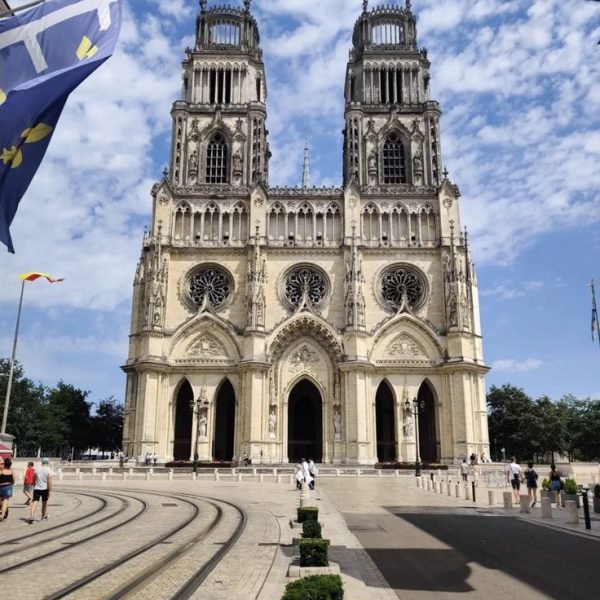
Planning Your Trip
Visa Information
Whether you need a visa to enter France depends primarily on your nationality, the purpose of your visit, and the length of your stay.
- Visa Exemptions: Citizens of many countries, including the United States, Canada, Australia, the United Kingdom, and all European Union (EU), European Economic Area (EEA), and Schengen zone countries, do not need a visa for short stays of up to 90 days within a 180-day period for tourism, business, or family visits. This is governed by the Schengen visa waiver agreements.
- Short-Stay Visa (Type C Schengen Visa): If you are from a country that requires a visa and plan to stay in France for 90 days or less, you must apply for a short-stay Schengen visa. This visa allows travel not only in France but also across other Schengen countries for up to 90 days within a 180-day period.
- Long-Stay Visa: For stays longer than 90 days, such as for work, study, or family reunification, you must apply for a long-stay national visa. This visa requires additional documentation and must be obtained prior to arrival.
- Application Process: The visa application begins online through the official France-Visas portal, where you can determine the type of visa needed, complete your application, and track its progress. After completing the online application, you submit your documents to the nearest French Embassy, Consulate, or visa application center in your country of residence. Processing times vary, so it is advisable to apply well in advance of your planned travel date.
- ETIAS Authorization: Starting in 2025, travelers from visa-exempt countries will need to obtain an ETIAS (European Travel Information and Authorization System) authorization before entering France and other Schengen countries. ETIAS is an online pre-travel screening that allows stays up to 90 days for tourism, business, or short-term study. It is a simple process but mandatory for eligible travelers.
- Important Entry Requirements: Upon arrival, border officials may ask to see proof of accommodation, return or onward tickets, travel insurance, and sufficient funds for your stay. If staying with family or friends, a formal invitation letter (attestation d’accueil) might be required.
Best Time to Visit
France is a year-round destination, but the best time to visit depends on your interests and preferred weather.
- Spring (April to June): Spring is one of the most pleasant times to visit. The weather is mild, gardens and parks bloom, and tourist crowds are smaller than in summer. This season is ideal for sightseeing in cities like Paris and exploring the countryside.
- Summer (July to August): Summer is peak tourist season, especially along the French Riviera and in major cities. The weather is warm to hot, perfect for beach vacations and outdoor festivals. However, expect larger crowds and higher prices.
- Autumn (September to November): Early autumn offers mild weather and beautiful fall foliage, particularly in wine regions like Bordeaux and Burgundy. Harvest festivals and wine tastings are highlights during this season.
- Winter (December to February): Winter is best for skiing and snow sports in the French Alps and Pyrenees. Cities are less crowded, and festive Christmas markets add charm to places like Strasbourg and Paris. Coastal areas are quieter but still enjoyable.
Choosing your travel dates around these seasons can enhance your experience, depending on whether you prefer cultural events, outdoor activities, or a quieter pace.
Getting To and Around
Getting To France
- By Air: France’s main international gateway is Paris Charles de Gaulle Airport (CDG), one of Europe’s busiest airports, with direct flights from most continents. Paris Orly Airport (ORY) also serves international and domestic flights. Other major international airports include Nice Côte d’Azur (for the French Riviera), Lyon-Saint Exupéry, Marseille Provence, and Bordeaux-Mérignac.
- By Train: France is well connected to neighboring countries by high-speed trains. The Eurostar links London to Paris in just over two hours. Thalys connects Paris with Belgium, the Netherlands, and Germany. The TGV network also connects France to Switzerland, Italy, and Spain.
- By Road: If traveling from nearby countries, driving into France is straightforward with extensive highways and border crossings. Rental cars are widely available.
- By Sea: Ferries operate between France and the UK, Ireland, and Mediterranean destinations, ideal for travelers with vehicles or those seeking a scenic route.
Getting Around France
- High-Speed Trains (TGV): France’s high-speed train network is among the best in the world. The TGV connects major cities like Paris, Lyon, Marseille, Bordeaux, and Strasbourg quickly and comfortably. Booking tickets in advance often secures the best prices.
- Regional and Local Trains: For exploring smaller towns and rural areas, regional TER trains provide extensive coverage. They are slower but offer scenic routes and access to less-touristy destinations.
- Metro and Public Transport: Major cities like Paris, Lyon, Marseille, and Toulouse have efficient metro, tram, and bus systems. Paris’s metro is especially comprehensive and the easiest way to navigate the city.
- Car Rentals: Renting a car is ideal for exploring the countryside, wine regions, and coastal areas where public transport is limited. France has excellent road infrastructure, and driving offers flexibility to visit hidden gems.
- Biking and Walking: Many cities and regions promote cycling with dedicated bike lanes and rental services. Walking is often the best way to discover historic city centers and charming villages.
- Domestic Flights: For longer distances, domestic flights connect Paris with Corsica, the French overseas territories, and some regional airports, though trains are often faster and more eco-friendly.
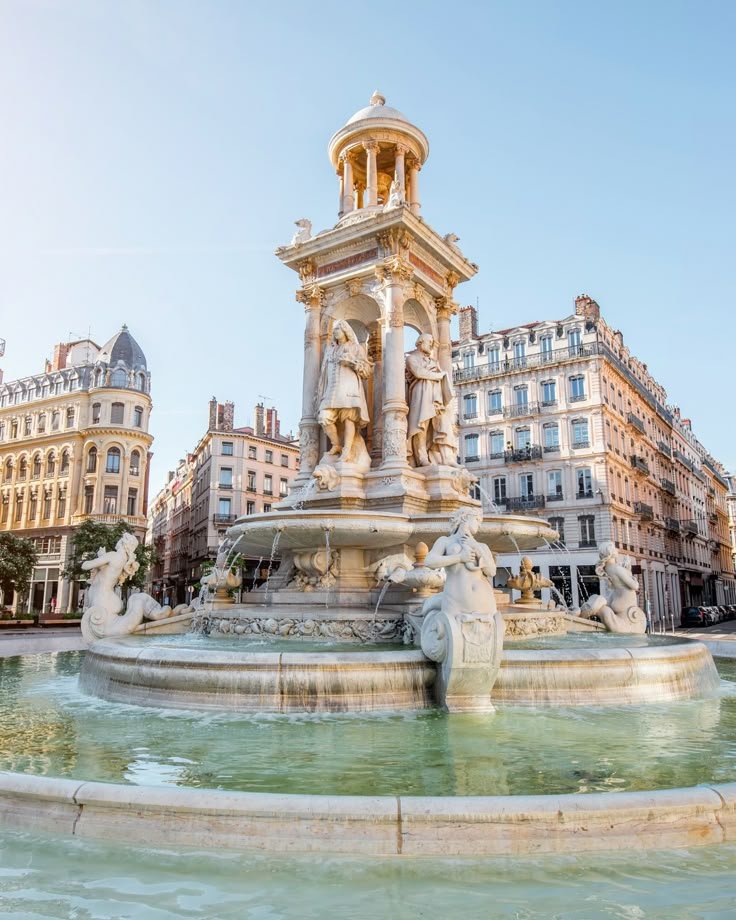
Accommodation
When planning your trip to France in 2025, choosing the right accommodation and indulging in the country’s rich culinary heritage are essential parts of the experience. France offers a wide variety of lodging options to suit every budget and taste, alongside a world-renowned food and drink culture that ranges from rustic regional specialties to haute cuisine.
Luxury Hotels
France boasts many iconic luxury hotels, especially in Paris and the French Riviera. For example, boutique hotels near landmarks like the Eiffel Tower or the Opéra Garnier combine modern comfort with elegant décor and personalized service. Many offer amenities such as wellness centers, pools, and complimentary minibars. Historic hotels in cities like Strasbourg or Toulouse blend old-world charm with contemporary luxury, often housed in beautifully preserved buildings with period features.
Mid-Range Hotels
Mid-tier hotels are plentiful and often located conveniently near metro stations or city centers. These provide clean, comfortable rooms with essential amenities and sometimes include breakfast. They are ideal for families or travelers seeking convenience without the high cost.
Budget Hotels and Hostels
For travelers on a tighter budget, France has many affordable options, including budget hotel chains and hostels. These are especially common in larger cities and tourist hotspots, offering basic but clean accommodations. Hostels often provide shared dormitories and private rooms, fostering social interactions among travelers.
Seasonal Rentals and Apartments
Vacation rentals through platforms like Airbnb or Booking.com have surged in popularity. These range from city-center apartments to countryside cottages, offering more space and a home-like feel, ideal for longer stays or families. However, new regulations in 2025 have introduced stricter energy efficiency standards and limited rental days for primary residences in high-demand areas to preserve housing availability for locals.
Unique Stays
For a truly memorable experience, consider staying in a château hotel or a converted castle. These accommodations combine history, luxury, and exclusivity, often set in stunning natural surroundings. Castle hotels in regions like the Loire Valley or Dordogne provide an immersive cultural experience.
Student and Budget-Friendly Housing
For students or long-term visitors, government-subsidized CROUS residences offer affordable rooms near campuses, though availability is limited and demand high. Private student residences provide more amenities but at a higher cost. Shared apartments (colocation) are also popular, offering a chance to live like a local and save money.
Tips for Booking Accommodation
- Book well in advance, especially for peak seasons (summer and major holidays).
- Consider location carefully—proximity to public transport can save time and money.
- Check cancellation policies and reviews to ensure a good experience.
- For rentals, verify compliance with new energy regulations and rental limits.
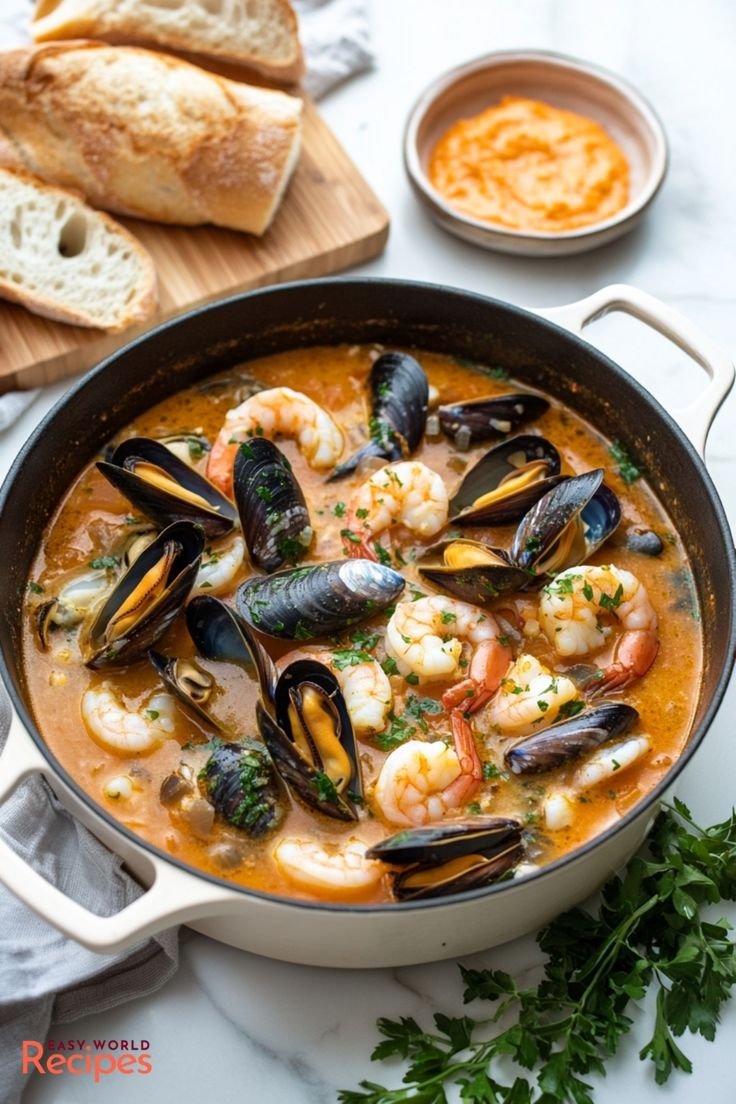
Food and Drink
French cuisine is a cornerstone of the country’s cultural identity and a major reason why travelers return again and again. From rustic village dishes to Michelin-starred restaurants, the variety and quality of food and drink in France are exceptional.
Regional Specialties
- Paris and Île-de-France: The capital offers a cosmopolitan mix of traditional and modern French cuisine. Classic dishes like coq au vin, boeuf bourguignon, and escargots are widely available. Paris is also known for its patisseries, where you can savor croissants, éclairs, and macarons.
- Provence: Known for its Mediterranean flavors, Provence features dishes like ratatouille, bouillabaisse (a rich fish stew), and tapenade. The region’s markets overflow with fresh herbs, olives, and sun-ripened vegetables.
- Burgundy: Famous for its wines, Burgundy also offers hearty dishes such as beef bourguignon and coq au vin, slow-cooked in local red wine.
- Alsace: Influenced by German cuisine, Alsace is known for choucroute garnie (sauerkraut with sausages and meats) and tarte flambée (a thin crust topped with cream, onions, and bacon).
- Bordeaux and Southwest: This region is a paradise for food lovers, with duck confit, foie gras, and rich red wines.
Dining Experiences
- Bistros and Brasseries: Casual dining spots serving traditional French dishes in a relaxed atmosphere. Perfect for a quick yet authentic meal.
- Michelin-Starred Restaurants: France is home to some of the world’s finest dining establishments. For gourmets, booking a table at a Michelin-starred restaurant is a must, offering innovative cuisine crafted by top chefs.
- Markets and Street Food: Local markets are vibrant places to sample fresh produce, cheeses, breads, and charcuterie. Street food options like crêpes and galettes are popular and delicious.
French Wine and Beverages
- France’s wine regions—Bordeaux, Burgundy, Champagne, Loire Valley, and Rhône—produce some of the finest wines globally. Wine tasting tours and vineyard visits are popular activities.
- Champagne from the Champagne region is synonymous with celebration.
- Beyond wine, France offers a variety of regional spirits and liqueurs such as Calvados (apple brandy from Normandy) and Pastis (anise-flavored aperitif from the south).
- Coffee culture is strong, especially in Parisian cafés where sipping espresso or café au lait is a daily ritual.
Seasonal and Festive Foods
- Seasonal ingredients heavily influence menus. Spring brings fresh asparagus and artichokes; autumn is harvest time for mushrooms and truffles; winter features hearty stews and game.
- During holidays, special dishes like galette des rois (King’s cake) in January and foie gras at Christmas are traditional.
Practical Tips for Food and Accommodation
- Reservations: For popular restaurants and luxury hotels, booking ahead is essential, especially in peak seasons.
- Dietary Preferences: While French cuisine is rich in dairy, meat, and bread, vegetarian and vegan options are increasingly available in urban areas.
- Tipping: Service charge is included in restaurant bills, but leaving a small tip for excellent service is customary.
- Language: Basic French phrases related to accommodation and dining can enhance your experience and interactions.

Must-See Attractions
France remains one of the world’s most captivating travel destinations in 2025, offering a rich tapestry of history, culture, natural beauty, and unforgettable experiences. Whether you are a first-time visitor or returning to explore more, this guide highlights the essential places to see and activities to enjoy that will make your trip truly remarkable.
- The Eiffel Tower – Paris
No visit to France is complete without experiencing the Eiffel Tower. This iconic symbol of Paris, built for the 1889 World’s Fair, offers breathtaking panoramic views of the city from its observation decks. Whether you ascend by elevator or climb the stairs, the sight of the Seine River, Louvre, and Paris skyline is unforgettable. At night, the tower sparkles with thousands of lights, creating a magical atmosphere perfect for photos or a romantic evening. - Palace of Versailles – Versailles
Just outside Paris lies the opulent Palace of Versailles, a masterpiece of French Baroque architecture and a symbol of royal extravagance. Wander through the Hall of Mirrors, the King’s Grand Apartments, and the meticulously manicured gardens. The palace’s rich history and grandeur transport visitors back to the age of Louis XIV, making it a must-see for history buffs and architecture lovers alike. - Mont Saint-Michel – Normandy
This fairy-tale island topped with a medieval abbey is one of France’s most enchanting sights. Rising dramatically from the tidal waters of Normandy, Mont Saint-Michel offers a unique blend of natural beauty and historical intrigue. Explore the narrow streets, visit the abbey, and time your visit to witness the remarkable tides that surround the island. - Louvre Museum – Paris
As the world’s largest art museum, the Louvre is a treasure trove of human creativity and history. Home to masterpieces such as Leonardo da Vinci’s Mona Lisaand the Venus de Milo, the museum’s vast collections span thousands of years and cultures. The striking glass pyramid entrance is a modern contrast to the historic palace that houses the museum, making it a cultural highlight of any trip to Paris. - Notre-Dame Cathedral – Paris
Recently restored and reopened, Notre-Dame remains a symbol of Gothic architecture and French heritage. Its stunning façade, intricate stained glass windows, and soaring towers provide a glimpse into medieval craftsmanship. Climbing the towers rewards visitors with spectacular views over Paris and the Seine. - Château de Chambord – Loire Valley
The largest château in the Loire Valley, Chambord is a Renaissance marvel with its distinctive double helix staircase and ornate turrets. Originally built as a hunting lodge for King François I, it is surrounded by vast forests and gardens, perfect for exploring the grandeur of French aristocratic life. - Provence Lavender Fields – Provence
For nature lovers and photographers, the lavender fields of Provence are a must-see, especially in summer when the vibrant purple blooms stretch as far as the eye can see. The scent and colors create a sensory experience unique to southern France, offering a peaceful retreat into the countryside. - The D-Day Beaches – Normandy
History enthusiasts should not miss the D-Day landing beaches such as Omaha and Utah. These sites are poignant reminders of World War II, with museums, memorials, and cemeteries honoring the Allied forces. Visiting these beaches offers a powerful and educational experience about one of the most significant events of the 20th century. - Montmartre and Sacré-Cœur – Paris
The bohemian neighborhood of Montmartre, with its cobbled streets, artist studios, and lively cafés, is a charming area to explore. At its summit stands the Sacré-Cœur Basilica, whose white domes offer sweeping views of Paris. Montmartre’s artistic heritage and vibrant atmosphere make it a favorite for visitors seeking a blend of culture and history.
10. Arc de Triomphe and Champs-Élysées – Paris
The Arc de Triomphe stands as a tribute to French military victories and offers a panoramic view of Paris’s grand avenues. Nearby, the Champs-Élysées is one of the world’s most famous streets, lined with shops, theaters, and cafés, perfect for strolling and soaking in the Parisian vibe.
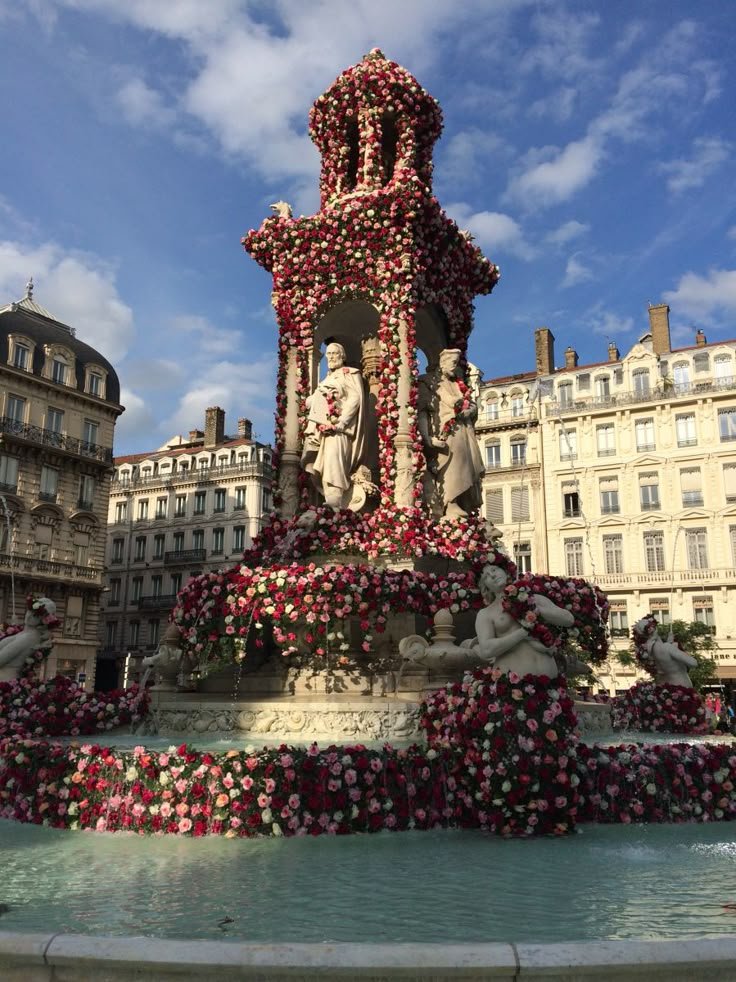
Must-Do Activities
- Seine River Cruise – Paris
A cruise along the Seine River is one of the most romantic and scenic ways to see Paris’s landmarks, including the Eiffel Tower, Notre-Dame, and the Louvre. Daytime cruises offer beautiful views and photo opportunities, while evening cruises provide a magical experience with illuminated monuments reflecting on the water. - Wine Tasting Tours
France’s wine regions are world-renowned, and a wine tasting tour is a quintessential French experience. Whether in Bordeaux, Burgundy, Champagne, or the Loire Valley, visitors can tour vineyards, learn about winemaking, and sample some of the finest wines. Many tours also include visits to charming villages and gourmet dining. - Explore the Markets
French markets are vibrant hubs of local life, offering fresh produce, cheeses, baked goods, and artisanal products. From the bustling Marché Bastille in Paris to the Provençal markets in Aix-en-Provence, wandering through these markets is a sensory delight and a great way to taste authentic regional flavors. - Visit Art Galleries and Museums
Beyond the Louvre, France boasts numerous art institutions like Musée d’Orsay, Centre Pompidou, and the Picasso Museum. These venues showcase everything from Impressionist masterpieces to contemporary art, enriching your cultural itinerary. - Cycling Through the Countryside
Many regions in France, such as the Loire Valley and Provence, offer excellent cycling routes through vineyards, quaint villages, and scenic landscapes. Renting a bike and exploring at your own pace is a refreshing way to connect with the French countryside. - Attend a Festival or Cultural Event
France’s calendar is packed with festivals celebrating everything from music and film to gastronomy and art. In 2025, special events marking historical anniversaries and cultural milestones will add extra excitement. Whether it’s the Cannes Film Festival, the Fête de la Musique, or local harvest festivals, participating in these events offers deep insight into French culture. - Skiing in the French Alps
For winter sports enthusiasts, the French Alps provide world-class skiing, snowboarding, and alpine adventures. Resorts like Chamonix and Courchevel offer slopes for all skill levels, alongside cozy mountain villages and gourmet mountain cuisine. - Culinary Experiences
Taking a cooking class or joining a food tour is a fantastic way to immerse yourself in French gastronomy. Learn to make classic dishes like coq au vin, soufflé, or macarons, and discover the secrets behind French baking and cheese-making. - Stroll Historic Neighborhoods
Exploring neighborhoods such as Le Marais and the Latin Quarter in Paris, or the medieval streets of Carcassonne and Strasbourg, allows you to soak in centuries of history and architecture. These areas are perfect for leisurely walks, boutique shopping, and café culture. - Day Trips from Paris
Make the most of your stay by taking day trips to nearby gems like the Palace of Versailles, the charming town of Giverny (home of Monet’s gardens), or the medieval city of Chartres with its stunning cathedral. These excursions enrich your understanding of French art, history, and landscape.
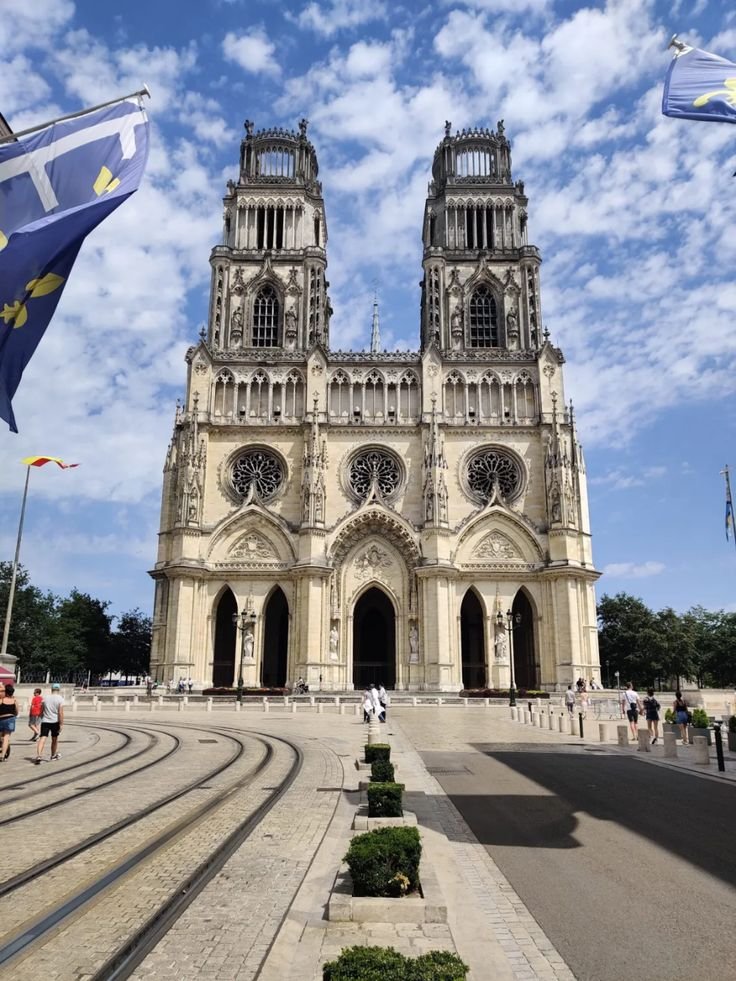
Travel Tips
Planning a trip to France in 2025 promises an unforgettable adventure, but it’s essential to be well-prepared for a safe, respectful, and enriching experience. Here’s a detailed guide covering safety, cultural etiquette, and key language tips to help you make the most of your journey.
Safety Advice
Current Security Situation
France remains a top global destination, welcoming millions of visitors each year, but travelers should be aware of the current security landscape. As of 2025, France is under a Level 2 travel advisory, which means you should exercise increased caution due to ongoing risks related to terrorism and periodic civil unrest. French authorities maintain a heightened state of alert, particularly in busy public spaces, transportation hubs, and at major tourist attractions. Expect to see visible police and military patrols, as well as regular security checks at airports, borders, and popular sites.
Practical Safety Tips
- Stay Vigilant in Crowds: Pickpocketing and petty theft are common in crowded areas such as museums, monuments, train stations, and subways. Keep your valuables secure, limit the amount of cash you carry, and avoid displaying expensive items like jewelry or electronics.
- Protect Your Belongings: Use anti-theft bags or money belts, especially in tourist hotspots. Never leave valuables in plain sight in vehicles, and always lock parked cars. Rental cars are sometimes targeted for break-ins, particularly along the south coast and at highway rest stops.
- Be Wary of Scams: Watch out for common scams, such as staged distractions at traffic lights, fake petitions, or staged emergencies designed to steal bags or wallets.
- Stay Informed: Strikes and demonstrations are part of French civic life and can disrupt transportation or public services. While most are peaceful, some can escalate. Check local news, ask your hotel staff, and avoid large gatherings or protest areas.
- Cooperate with Authorities: Be prepared for security checks and follow instructions from police or security personnel. Carry a copy of your passport and visa (or ETIAS authorization) at all times, and keep the originals in a secure place.
- Know Emergency Numbers: The main emergency numbers in France are Police (17), Fire (18), and Ambulance (15). In case of theft or loss, report immediately to the nearest police station.
- Health and Insurance: France has excellent healthcare, but travel insurance is strongly recommended. Bring any necessary medications in original packaging, along with a doctor’s note if needed.
Entry Requirements
Starting in 2025, travelers from visa-exempt countries must apply for ETIAS (European Travel Information and Authorization System) before arrival. This is an online process linked to your passport, but approval is not automatic, so apply well in advance and check for updates regarding health or entry requirements.
Local Customs
Greetings and Social Etiquette
- Politeness Matters: The French value courtesy. Always greet shopkeepers, hotel staff, and strangers with a polite “Bonjour” (good morning) or “Bonsoir” (good evening). When leaving, say “Au revoir” (goodbye).
- Handshakes and Kisses: A handshake is the standard greeting in formal or business settings. Among friends, a light kiss on each cheek (“la bise”) is common, though not expected from tourists.
- Personal Space: The French appreciate personal space and privacy, especially in public or on public transport. Keep your voice down in restaurants and on trains.
Dining Etiquette
- Table Manners: Keep your hands visible (resting on the table but not elbows) during meals. Wait for everyone to be served before starting to eat.
- Tipping: Service is included in restaurant bills, but leaving small change or rounding up is appreciated for good service.
- Pace of Life: Meals are often unhurried social occasions. Don’t rush; enjoy the experience.
Dress and Appearance
- Dress Smartly: The French tend to dress more formally than in some other countries, especially in cities. Casual attire is fine for sightseeing, but avoid beachwear or athletic clothes in restaurants or shops.
- Churches and Religious Sites: Dress modestly when visiting churches or religious sites—cover shoulders and knees.
Public Behavior
- Queuing: The French queue in an orderly fashion. Don’t cut in line, whether at a bakery or a museum.
- Photography: Always ask permission before photographing people, especially in markets or rural areas. Some museums and churches prohibit photography—observe posted signs.
Smoking
- Smoking is common, but strictly regulated indoors. Smoking is not allowed in restaurants, cafés, or on public transport. Look for designated smoking areas outside.
Language Basics
While many French people speak some English, especially in tourist areas, learning a few key phrases will enhance your experience and is seen as a sign of respect.
Essential French Phrases
English | French | Pronunciation |
Hello / Good morning | Bonjour | bon-zhoor |
Good evening | Bonsoir | bon-swahr |
Goodbye | Au revoir | oh ruh-vwar |
Please | S’il vous plaît | seel voo pleh |
Thank you | Merci | mehr-see |
Yes / No | Oui / Non | wee / nohn |
Excuse me / Sorry | Excusez-moi / Désolé | ex-kew-zay mwah / day-zo-lay |
Do you speak English? | Parlez-vous anglais ? | par-lay voo ahn-glay |
I don’t understand | Je ne comprends pas | zhuh nuh kom-prah pah |
How much is it? | C’est combien ? | say kom-byen |
Where is…? | Où est… ? | oo eh…? |
Help! | Au secours ! | oh suh-koor |
Tips for Communicating
- Start in French: Even a simple “Bonjour” before switching to English is appreciated.
- Speak Clearly: If you need to use English, speak slowly and clearly.
- Use Translation Apps: Download a translation app or carry a phrasebook for more complex conversations.
Final Thoughts
France in 2025 is a vibrant, welcoming, and generally safe destination, but like any major travel hotspot, it requires a bit of preparation and awareness. By staying vigilant, respecting local customs, and learning a few key phrases, you’ll not only stay safe but also enrich your travel experience. Embrace the culture, savor every moment, and let the French art de vivre inspire your journey. Bon voyage!

